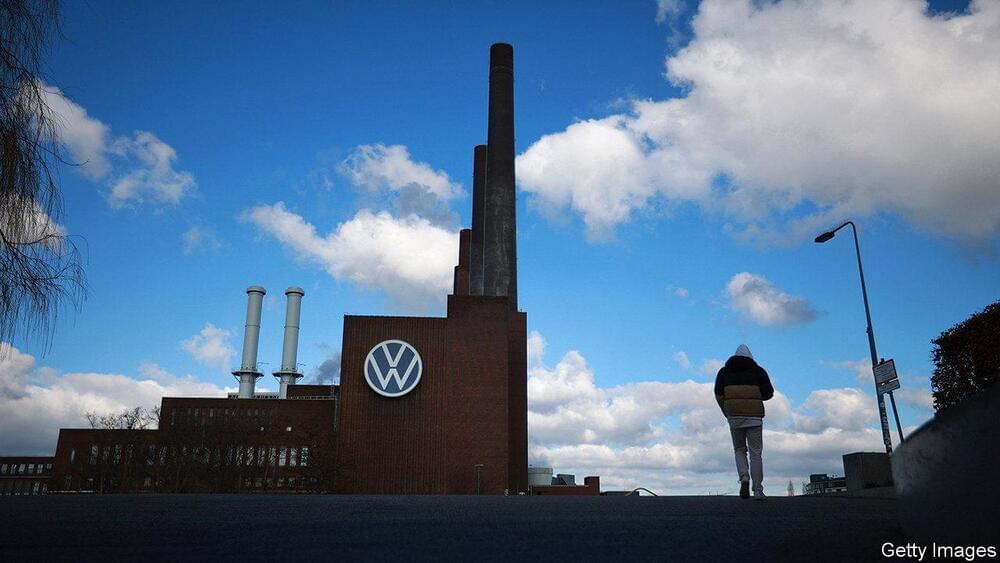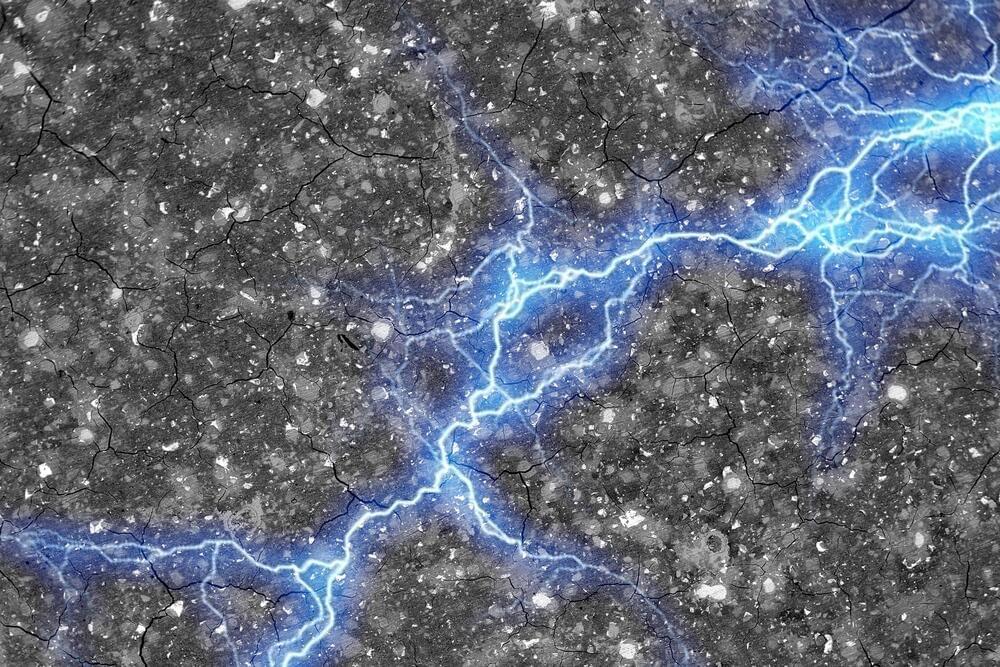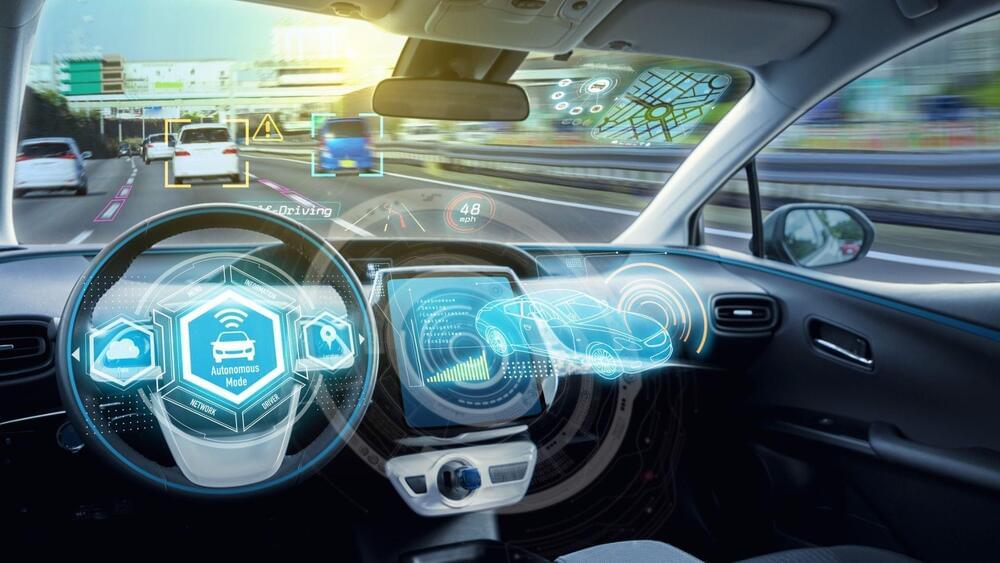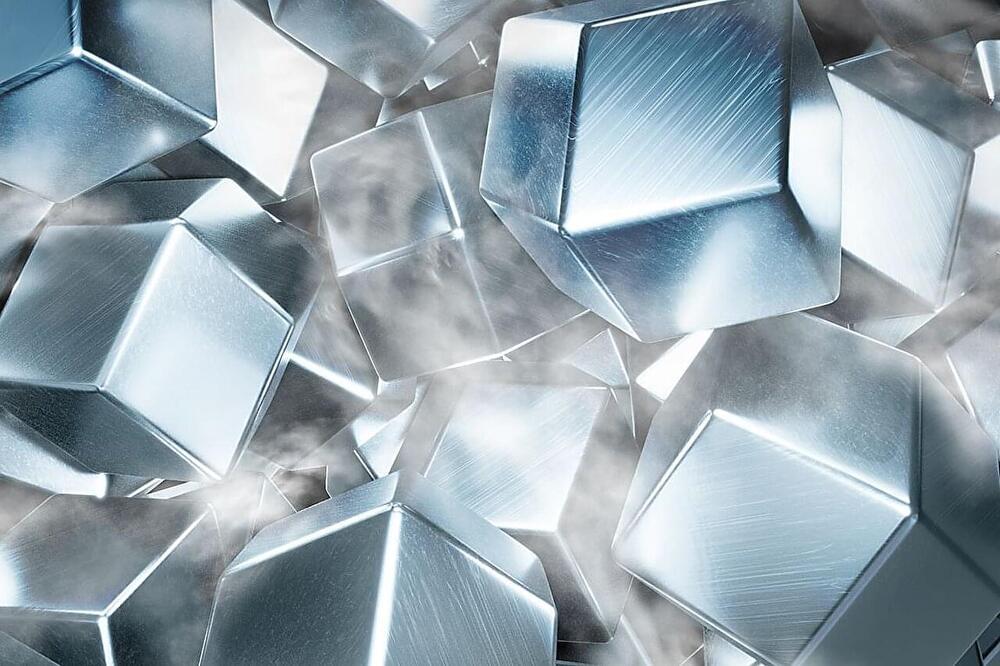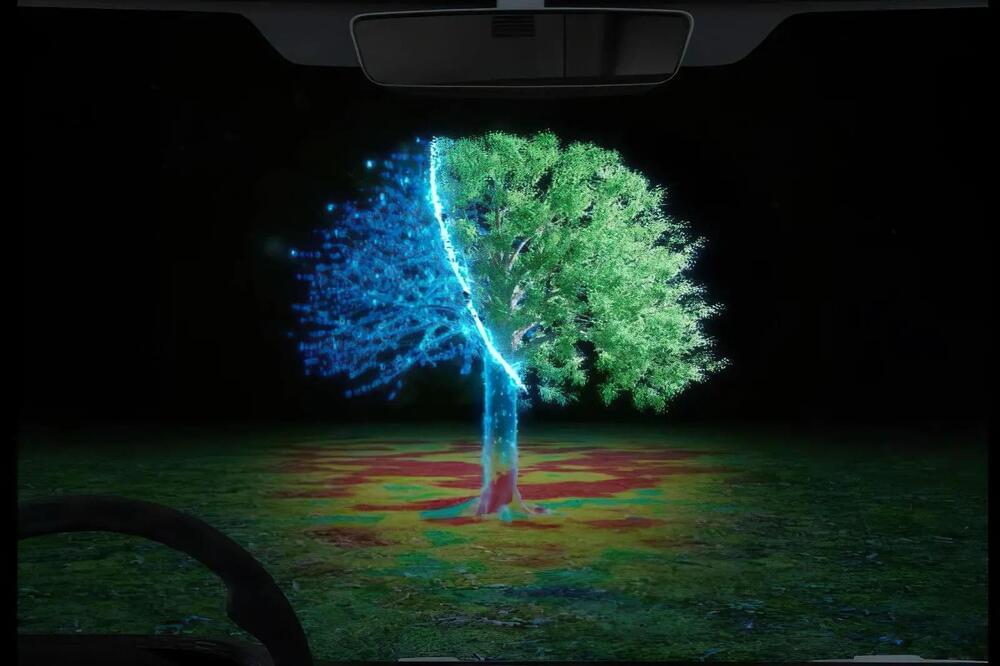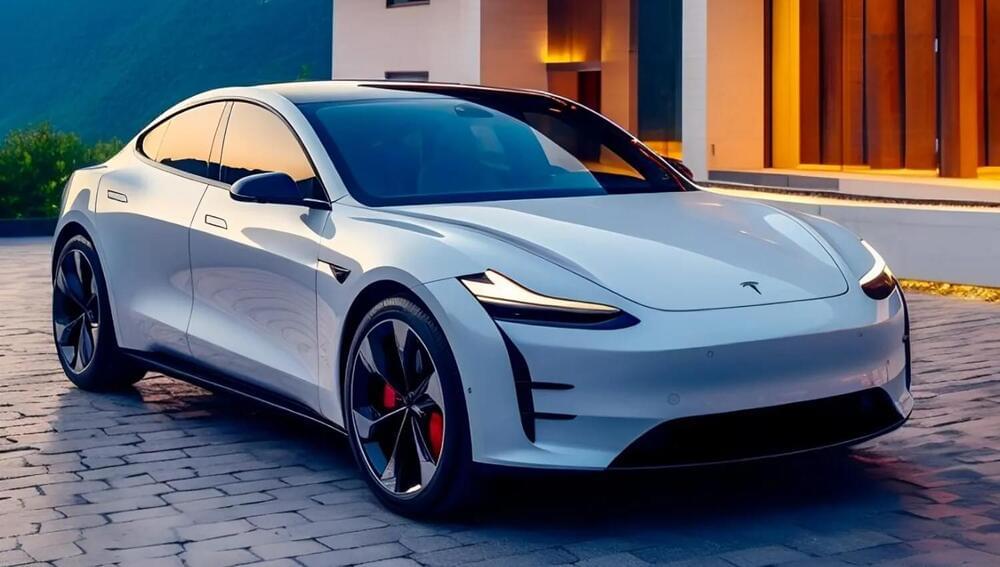Archive for the ‘transportation’ category: Page 103
Aug 6, 2023
Novel proton-conductive membranes for automobile fuel cells
Posted by Dan Breeden in categories: chemistry, energy, sustainability, transportation
Fuel cells are compact energy conversion units that utilize clean energy sources like hydrogen and convert them into electricity through a series of oxidation–reduction reactions. Specifically, proton exchange membrane fuel cells (PEMFCs), an integral part of electric vehicles, utilize proton-conductive membranes for operation. Unfortunately, these membranes suffer from a trade-off between high durability and high ion conductivity, affecting the lifetime and performance of PEMFCs.
To overcome this issue, scientists have synthesized chemically and physically modified perfluorosulfonic acid polymer membranes, such as Nafion HP, Nafion XL, and Gore-Select, which have proven to be much more durable than unmodified membranes conventionally employed in fuel-cell operations.
Unfortunately, none of the existing proton-conductive membranes have fulfilled the highly challenging technical target—passing an accelerated durability test or a combined chemical and mechanical test—set by the U.S. Department of Energy (DOE) to facilitate their use in automobile fuel cells by 2025.
Aug 6, 2023
MIT engineers create an energy-storing supercapacitor from ancient materials
Posted by Omuterema Akhahenda in categories: energy, engineering, sustainability, transportation
The two materials, the researchers found, can be combined with water to make a supercapacitor — an alternative to batteries — that could provide storage of electrical energy. As an example, the MIT researchers who developed the system say that their supercapacitor could eventually be incorporated into the concrete foundation of a house, where it could store a full day’s worth of energy while adding little (or no) to the cost of the foundation and still providing the needed structural strength. The researchers also envision a concrete roadway that could provide contactless recharging for electric cars as they travel over that road.
The simple but innovative technology is described this week in the journal PNAS, in a paper by MIT professors Franz-Josef Ulm, Admir Masic, and Yang-Shao Horn, and four others at MIT and at the Wyss Institute for Biologically Inspired Engineering.
MIT engineers created a carbon-cement supercapacitor that can store large amounts of energy. Made of just cement, water, and carbon black, the device could form the basis for inexpensive systems that store intermittently renewable energy, such as solar or wind energy.
Aug 5, 2023
China’s top SUV maker to add ChatGPT-like bot into cars
Posted by Gemechu Taye in categories: robotics/AI, transportation
Great Wall Motor will use Baidu’s Ernie 3.5 foundational language model which rivals OpenAI’s ChatGPT4.
Marking the entry of AI systems into mass-market cars, Chinese automaker Great Wall Motor (GWM) is set to integrate Baidu’s ChatGPT-like AI system, which enables conversation between driver and car.
According to South China Morning Post (SCMP). GMW has partnered with technology firm Baidu to produce automobiles integrated with the latter’s chatbot tool, Ernie Bot, bolstering a push to make cars more intelligent and user-friendly.
Aug 5, 2023
True shape of lithium revealed for the first time
Posted by Saúl Morales Rodriguéz in categories: mobile phones, sustainability, transportation
Rechargeable lithium-ion batteries power smartphones, electric vehicles and storage for solar and wind energy, among other technologies.
They descend from another technology, the lithium-metal battery, that hasn’t been developed or adopted as broadly. There’s a reason for that: While lithium-metal batteries have the potential to hold about double the energy that lithium-ion batteries can, they also present a far greater risk of catching fire or even exploding.
Now, a study by members of the California NanoSystems Institute at UCLA reveals a fundamental discovery that could lead to safer lithium-metal batteries that outperform today’s lithium-ion batteries. The research was published today in the journal Nature.
Aug 4, 2023
How Elon Musk took over Tesla using money, strong-arm tactics, and his own popularity
Posted by Kelvin Dafiaghor in categories: economics, Elon Musk, sustainability, transportation
Aug 3, 2023
HADAR: New Method Allows AI To See Through Pitch Darkness Like Broad Daylight
Posted by Jose Ruben Rodriguez Fuentes in categories: robotics/AI, transportation
Scientists at Purdue University are propelling the future of robotics and autonomous systems forward with their patent-pending method that improves typical machine vision and perception.
Zubin Jacob, the Elmore Associate Professor of Electrical and Computer Engineering in the Elmore Family School of Electrical and Computer Engineering, and research scientist Fanglin Bao have developed HADAR, or heat-assisted detection and ranging. Their research was featured on the cover of the July 26 issue of the peer-reviewed journal Nature.
Jacob said it is expected that one in 10 vehicles will be automated and that there will be 20 million robot helpers that serve people by 2030.
Aug 2, 2023
Elon Musk says Tesla is now working on ‘final piece of the FSD AI puzzle’
Posted by Genevieve Klien in categories: Elon Musk, robotics/AI, transportation
Elon Musk says Tesla is now working on the “final piece of the Full Self-Driving (FSD) AI puzzle,” and apparently that is “vehicle control.”
Despite his best efforts to stop making predictions about self-driving, the CEO has recently still predicted that Tesla would achieve full autonomy by the end of the year.
For many of us who use Tesla’s FSD Beta regularly, it is hard to imagine that Tesla can make the jump from the current state to a level 4 or 5 of autonomy where the automaker would take responsibility for the system and enable drivers to use it without monitoring in just a few months.
Aug 2, 2023
Meta open sources framework for generating sounds and music
Posted by Gemechu Taye in categories: media & arts, robotics/AI, transportation
The day is fast approaching when generative AI won’t only write and create images in a convincingly human-like style, but compose music and sounds that pass for a professional’s work, too. This morning, Meta announced AudioCraft, a framework to generate what it describes as “high-quality,” “realistic” audio and music from short text descriptions, or prompts. It’s not Meta’s first foray into audio generation — the tech giant open sourced an AI-powered music generator, MusicGen, in June — but Meta claims that it’s made advances that vastly improve the quality of AI-generated sounds, such as dogs barking, cars honking and footsteps on a wooden floor.
In a blog post shared with TechCrunch, Meta… More.
Aug 2, 2023
2024 Tesla Model Y Update: All You Need to Know About Redesign, Powertrain, and Innovations
Posted by Kelvin Dafiaghor in categories: sustainability, transportation
What specific changes can we expect in the exterior and interior of the 2024 Tesla Model Y Juniper? When exactly will the Model Y refresh be released? Will there be any improvements in the battery and technology of the Model Y?
As the electric vehicle market continues to thrive, Tesla remains at the top of the EV ladder with its models staying in the top selling charts. Among its impressive lineup, the Model Y stands out as a tough rival shaping the whole EV market in its favor.
With the upcoming release of the 2024 Tesla Model Y Project Juniper and Model 3 Project Highland, as we discussed in our recent posts, Tesla is aiming to redefine the electric SUV segment even further. This highly anticipated refresh promises exciting changes to both the interior and exterior of the popular Model Y.
